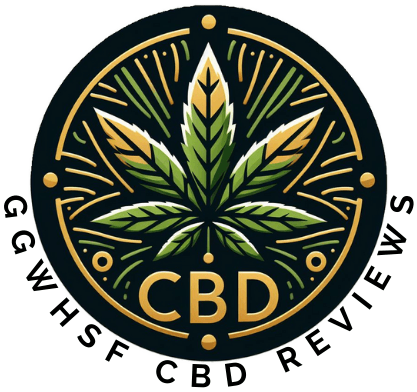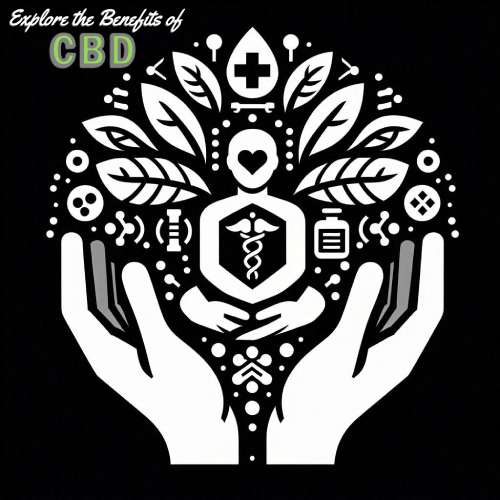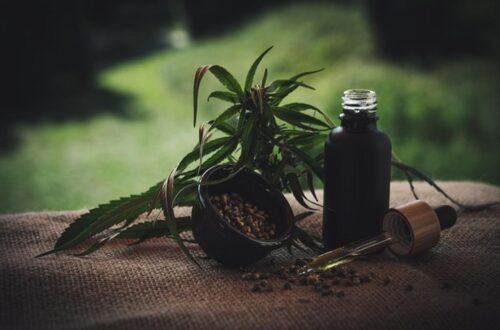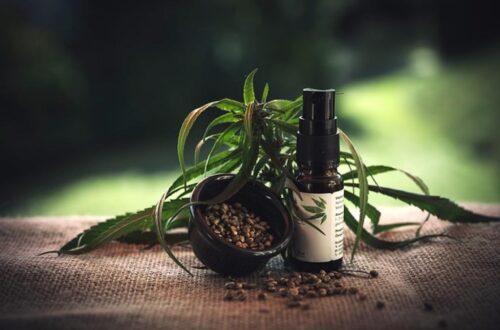Cannabis has become increasingly popular and accessible, with a vast array of products available on the market. As consumers, it’s essential to understand the potential implications of the various components found in cannabis. Two key compounds, THC (tetrahydrocannabinol) and CBD (cannabidiol), play significant roles in how cannabis affects the mind and body.
However, the ratio of THC to CBD in cannabis products can drastically change the experience and risk profile. High THC-to-CBD ratios, in particular, raise concerns about potential adverse effects and long-term health implications. While THC is responsible for the psychoactive “high,” CBD is often touted for its calming and medicinal properties.
This blog will dive into the risks associated with higher levels of THC compared to CBD, exploring the consequences and understanding what it means for both recreational and medicinal users. Join us as we uncover the science behind these compounds and how they can impact your well-being.
Understanding THC and CBD Ratios
When discussing cannabis, the terms THC and CBD often come up. These cannabinoids interact differently with our bodies, influencing how we feel. THC is known for its psychoactive effects, creating that euphoric “high.” On the other hand, CBD is non-psychoactive and often praised for its potential therapeutic benefits like reducing anxiety and inflammation.
The Balance Between Effects and Benefits
The ratio of THC to CBD in cannabis products can dramatically affect the user experience. High THC levels with low CBD can lead to intense psychoactive effects, which might not be suitable for everyone. This kind of ratio can increase the likelihood of adverse effects such as paranoia, anxiety, and even psychosis in extreme cases.
Conversely, a more balanced or higher CBD-to-THC ratio can mitigate some of these risks. CBD is believed to counteract some of THC’s negative effects, providing a more stable and possibly therapeutic experience.
Finding the Right Ratio
It’s important to understand that everyone’s body reacts differently to cannabinoids. What might be a perfect ratio for one person could be entirely different for another. Factors like individual tolerance, the method of consumption, and the purpose (whether medicinal or recreational) all play a role.
Navigating these ratios can seem daunting, but being aware of your own needs and how each compound affects you is crucial. We’ll explore this deeper in the next sections, helping you make informed choices.
Health Implications of High THC Ratios
While high THC ratios can provide potent recreational effects, they also come with several health considerations. For starters, because THC is psychoactive, consuming it in large quantities can lead to intense euphoria, altered perception, and impaired memory. These effects can be enjoyable for some but unsettling for others.
In some cases, too much THC can lead to anxiety or paranoia. This is especially true for individuals who are sensitive to the compound. There’s also the risk of developing a tolerance over time, which means you might need to consume more to achieve the same effects, potentially leading to dependence.
Additionally, high THC levels can impact mental health. Some studies suggest a link between heavy, long-term THC use and an increased risk of developing mental health disorders like depression and schizophrenia, particularly in those predisposed to these conditions.
Physically, smoking or vaping high-THC products can irritate the respiratory system. Edibles might bypass this issue, but they come with their own risks, like delayed onset of effects and potential for overconsumption.
Navigating these health implications is crucial. Balancing your consumption and being mindful of how THC affects you can go a long way in ensuring a positive experience.
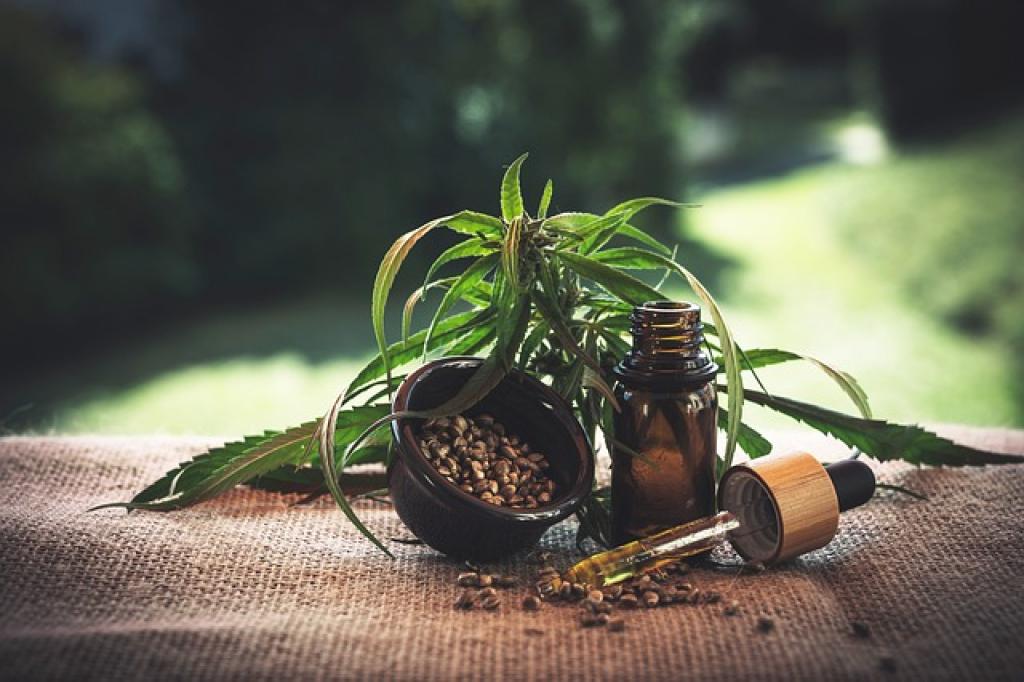
Potential Benefits of High CBD Ratios
High CBD ratios bring a host of benefits that can appeal to both medical and recreational users. Unlike THC, CBD is non-psychoactive, which means it doesn’t get you “high.” Instead, it offers therapeutic effects that are more about wellness than recreation.
One of the most well-known benefits is CBD’s ability to reduce anxiety. Many users report feeling calmer and more relaxed without the dizzying high that THC can induce. This makes CBD an attractive option for those looking to manage stress or anxiety disorders.
Pain Relief and Anti-Inflammatory Properties
CBD is also lauded for its pain-relieving and anti-inflammatory properties. Whether it’s chronic pain, arthritis, or even just post-workout soreness, CBD is often the go-to for natural relief. It interacts with the body’s endocannabinoid system to help reduce inflammation and alleviate pain.
Furthermore, CBD has shown promise in managing conditions like epilepsy and seizures. Epidiolex, an FDA-approved medication derived from CBD, is already being used to treat rare forms of epilepsy. This highlights CBD’s potential as a powerful medicinal compound.
Another significant benefit is its ability to improve sleep quality. Many people find that CBD helps them fall asleep more easily and stay asleep longer, making it a natural alternative to prescription sleep aids.
Anti-Nausea and Appetite Control
CBD has also been found to combat nausea and improve appetite. This is particularly beneficial for individuals undergoing treatments like chemotherapy that can lead to severe nausea and appetite loss. By offering these benefits without the high, CBD allows patients to maintain their comfort and well-being throughout treatment.
In essence, high CBD ratios offer a versatile range of benefits that can contribute to overall health and wellness. Whether you’re using it to manage a specific condition or simply to enhance your daily sense of well-being, the possibilities seem almost endless.
Risks of Imbalanced THC-to-CBD Ratios
While each compound has its benefits, an imbalanced THC-to-CBD ratio can pose some risks. Too much THC without the balancing effect of CBD can lead to a range of unwanted side effects.
One of the most common issues is increased anxiety. High levels of THC can be intense and, for some people, overwhelming. This can exacerbate feelings of paranoia and restlessness, which is the opposite of what most people are looking for in their cannabis experience.
Cognitive Impairments and Mental Health
High THC levels can also impair cognitive function. This means trouble with memory, focus, and coordination. For people who need to stay sharp, whether it’s for work or daily activities, this is a significant downside.
There’s also a concern around long-term mental health. Studies have shown that excessive THC consumption can increase the risk of developing mental health issues like depression and psychosis, especially in young adults and those predisposed to such conditions. Without CBD to temper these effects, the risks can be more pronounced.
Physical side effects can’t be ignored either. High doses of THC can lead to dizziness, nausea, and even a rapid heart rate. These symptoms can be unsettling and unpleasant, making it hard to enjoy the other potential benefits of cannabis.
The Risk of Dependency
One more risk to consider is the potential for dependency. While CBD is not addictive, high levels of THC can contribute to substance dependence over time. This is particularly worrisome for people using cannabis to manage conditions like chronic pain or anxiety. Dependence can lead to a cycle where higher doses become necessary to achieve the same effects, increasing the likelihood of experiencing the negative side effects mentioned earlier.
In short, maintaining a balanced THC-to-CBD ratio is crucial for minimizing risks and ensuring a safer, more enjoyable experience. By opting for strains with a more balanced profile, you can harness the benefits of both compounds while mitigating potential downsides.
Factors to Consider in Choosing Ratios
Picking the right THC-to-CBD ratio can feel like a bit of an art form, but don’t worry—it’s all about finding what works best for you. Here are some key factors to keep in mind.
First, consider your tolerance level. If you’re new to cannabis or haven’t used it in a while, you might want to start with strains low in THC and higher in CBD. This will help you avoid any overwhelming psychoactive effects while still enjoying potential health benefits.
Desired Effects
Think about what you’re looking to achieve. Are you aiming for pain relief, relaxation, better sleep, or something else? For example, higher CBD ratios are often better for pain and inflammation, while balanced or higher THC ratios might be preferred for relaxation and euphoria.
Next up is the method of consumption. Different methods—like smoking, vaping, edibles, and oils—can impact how you experience the effects. Such as, edibles can produce more intense and longer-lasting effects compared to smoking or vaping. Tailor your ratio to suit the method that aligns best with your lifestyle.
Health Conditions and Sensitivities
If you have any existing health conditions, it’s essential to take these into account. People with anxiety, for example, might find high THC strains exacerbating their symptoms, making higher CBD strains a wiser choice. On the flip side, those dealing with appetite issues might benefit from a bit more THC.
Don’t overlook your personal sensitivity to THC and CBD. Everyone’s body reacts differently, and factors like metabolism, body weight, and even the time of day can influence your experience. Start low and go slow until you find your sweet spot.
Lastly, consider the legality and availability in your area. Some regions may have restrictions on THC levels, while others may offer a variety of options. Knowing what’s accessible can help you make a more informed decision.
In the end, choosing the right THC-to-CBD ratio involves a bit of experimentation and a lot of personal intuition. By keeping these factors in mind, you’ll be better equipped to find the perfect balance for your needs.
The Bottom Line: Finding Balance for Optimal Effects
So, here we are at the end of our journey through the world of THC-to-CBD ratios. The key takeaway? It’s all about balance and customization. Whether you’re an experienced consumer or just starting, knowing how to pick the right ratio can make all the difference in achieving the optimal effects you’re looking for.
Remember to assess your tolerance levels and consider what you hope to achieve. Are you looking to alleviate pain, reduce anxiety, or simply unwind after a long day? Your goals will guide you in choosing the best ratio for your needs.
Also, don’t underestimate the impact of your chosen consumption method. Edibles, smoking, vaping, and oils each offer unique experiences, influencing how THC and CBD work in your body. Your personal preferences and lifestyle should dictate your method of choice.
Keep in mind any existing health conditions and your sensitivity to cannabis. Personal reactions can vary greatly, so it’s crucial to start with lower doses and gradually adjust. Pay attention to how your body reacts and be willing to tweak your ratio to find that perfect balance.
Legal considerations and availability are also factors you can’t ignore. Depending on where you live, you might have access to different ratios and products. Make sure you’re informed about the regulations in your area to make the best possible choice.
Finding the right THC-to-CBD ratio might take a bit of experimentation, but don’t be discouraged. The journey is part of the process, and with some patience, you’ll discover what works best for you.
In the end, the perfect balance lies in understanding your body, knowing your goals, and being open to adjusting until you find what feels just right. Happy exploring!
